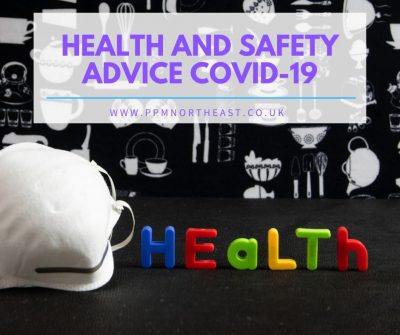COVID 19 Health and Safety Information Card – Transport Safety
When staff are required to travel as part of their work duties, arrangements should be made to minimise the risk to health from contracting the COVID-19 virus.
Walking or cycling
Ideally, staff would be able to move about by walking or cycling, maintaining physical distancing. This would be considered the lowest risk option but often will not be viable.
Public Transport
Problems with congestion on public transport and failure to physically distance people mean that this should not be considered unless as a last resort.
If having to use public transport:
Avoid busy times – consider changing work hours to avoid peak periods
Staff should wear their face masks covering the mouth and nose and should avoid occupying spaces close to people not doing this*
Recommend staff only to occupy bus or train carriages where physical distancing is possible – consider leaving carriages that become over full
Private or Company Vehicles
Ideally, staff will operate alone when driving in the car or in vans. Use multiple vehicles if practicable.
When taking over a vehicle operated by another person, all touch surfaces should be wiped thoroughly with sanitiser.
Where passengers need to be carried
minimise the number of occupants and minimise the travel times
stick to regular teams – partnering – where practicable
maintain physical distancing as far as possible – a passenger in the rear
consider face coverings
keep vehicle windows open where suitable
More details are found in Government Guidance Working safely during COVID-19 in or from a vehicle.
* refer to Information Card 2 – Use of face coverings during COVID – 19
COVID 19 Health & Safety Information Card – Use of Face Coverings
Scientific evidence supports the principle that wearing a face-covering may be marginally beneficial as a precautionary measure. Wearing a face covering does little to protect the wearer but may protect others from infected people who have not developed symptoms.
Face coverings are not a replacement for the major ways of managing risk, including:-
- physical distancing – at least 2 meters
- maintaining high levels of handwashing and cleaning of surfaces/touchpoints
- minimising time spent in contact with others
- using fixed teams and partnering for close-up work
It is not acceptable to rely on face coverings if these controls are not implemented.
Using Face Coverings
Wearing a face covering is not required by law. This includes the workplace.
If you choose to use face coverings for staff, it is important to use them properly. The following guidance should be given.
- Please wash your hands thoroughly with soap and water for 20 seconds or use hand sanitiser before putting a face covering on and after removing it.
- The covering must cover the mouth and nose.
- When wearing a face covering, avoid touching your face or face covering. This could contaminate the mask from your hands or your hands from your mask.
Change your face covering if it becomes damp or if you’ve touched it. - Wash/sanitise your hands regularly.
Wash your face covering daily (more regular if becoming damp.) - Stow your face covering in a plastic bag when not in use to prevent contamination.
- Disposable masks can be disposed of in the household waste.
Important Note
Face coverings are NOT the same as surgical masks or respirators used by healthcare workers or industrial PPE used to manage risks like dust and spray.
Supplies of PPE, including surgical masks and respirators, must be reserved for those who need them to protect against risks in their workplace, such as healthcare workers and industrial workers. Some industrial masks (FFP) may not provide protection from infected workers exhaling contaminated air.
This note is based on material in Government Guidance Working safely during COVID-19 in offices.
This note has been prepared by Martin Taylor GradIOSH – martin.taylor@ppmnortheast.co.uk.

